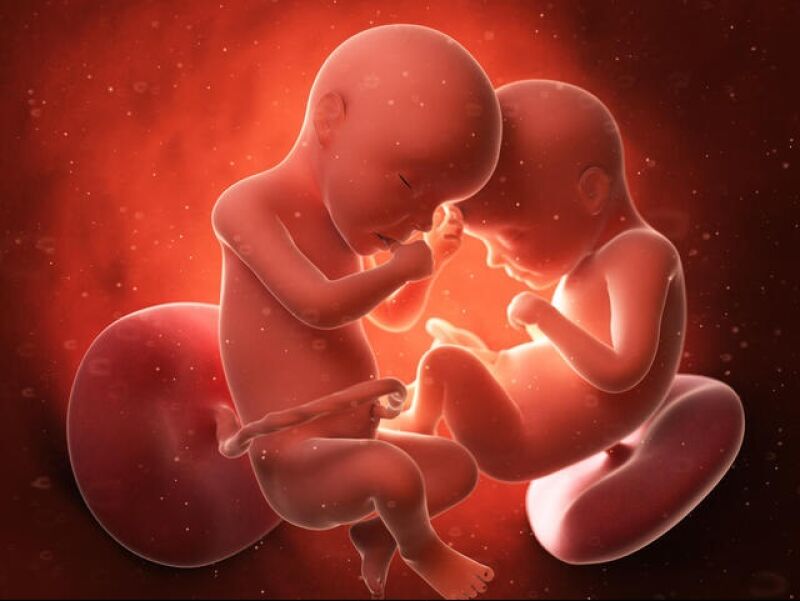
Title: The Marvel of Development: A Comprehensive Look at the Stages of Human Embryonic Growth
Introduction:
The journey from a single fertilized cell to a complex, multi-cellular organism is one of the most astonishing processes in nature: human embryonic development. This intricate and precisely orchestrated series of events, spanning the first eight weeks after fertilization, lays the foundational blueprint for all major organs and body systems. Understanding the stages of embryonic growth not only deepens our appreciation for life but also provides crucial insights into reproductive biology, developmental disorders, and medical advancements. This article will guide you through the remarkable transformation of the human embryo, highlighting key milestones and the cellular mechanisms that drive this incredible journey.

Defining the Embryonic Period:
The embryonic period is a critical phase of human development, beginning at fertilization and extending through the eighth week of gestation. During this time, the rapidly dividing cells differentiate and organize to form all the major structures and organs, transforming a simple zygote into a recognizable human form. After the eighth week, the developing organism is referred to as a fetus, and the focus shifts to growth and maturation of these established systems.
Key Stages of Embryonic Development:
- Fertilization and Zygote Formation (Week 0):
- The process begins when a sperm successfully fertilizes an egg, typically in the fallopian tube.
- The fusion of male and female pronuclei forms a single-celled zygote, marking the initiation of a new individual with a unique genetic makeup.
- Cleavage and Morula Formation (Days 1-4):
- The zygote undergoes rapid mitotic divisions called cleavage, increasing the number of cells (blastomeres) without a significant increase in overall size.
- By day 3-4, the embryo consists of 12-32 cells and resembles a mulberry, now called a morula.
- Blastocyst Formation (Day 5-6):
- The morula develops a fluid-filled cavity (blastocoel) and transforms into a blastocyst.
- The blastocyst has two distinct cell populations:
- Inner Cell Mass (ICM): Also known as the embryoblast, this cluster of cells will give rise to the actual embryo. These are pluripotent stem cells.
- Trophoblast: The outer layer of cells, which will form the placenta and other extraembryonic membranes essential for nourishment and support.
- Implantation (Days 6-10):
- The blastocyst hatches from its protective zona pellucida and implants into the uterine lining (endometrium).
- The trophoblast cells invade the endometrium, establishing a connection that will facilitate nutrient exchange.
- Bilaminar and Trilaminar Disc Formation (Weeks 2-3: Gastrulation):
- Week 2: The inner cell mass differentiates into two layers, forming the bilaminar embryonic disc: the epiblast (which will form the embryo) and the hypoblast (which forms the yolk sac).
- Week 3 (Gastrulation): This is a pivotal event where the bilaminar disc transforms into a trilaminar embryonic disc. Cells from the epiblast migrate and differentiate to form three primary germ layers:
- Ectoderm: Gives rise to the nervous system (brain, spinal cord), skin, hair, nails, and sensory organs.
- Mesoderm: Forms muscles, bones, connective tissues, circulatory system (heart, blood vessels), kidneys, and reproductive organs.
- Endoderm: Develops into the lining of the digestive and respiratory systems, liver, and pancreas.
- Neurulation and Organogenesis (Weeks 3-8):
- Neurulation (Week 3-4): The process of forming the neural tube from the ectoderm, which will develop into the brain and spinal cord. Defects in this process can lead to neural tube defects like spina bifida.
- Organogenesis (Weeks 3-8): All major internal organs and external body structures begin to form and develop rapidly. This period is highly sensitive to external factors like toxins, medications, and infections.
- Week 4: Heart begins to beat, limb buds appear.
- Week 5: Eyes and ears begin to form, hands and feet paddles develop.
- Week 6-7: Fingers and toes separate, major brain regions differentiate, external genitalia begin to develop.
- Week 8: All major organs are present, though not fully functional. The embryo is about 3 cm long and has a distinctly human appearance.
Significance and Clinical Relevance:
The embryonic period is a time of immense vulnerability and crucial development. Errors or disruptions during these stages can lead to congenital anomalies or miscarriages. Advances in embryology and reproductive technologies, such as IVF, have allowed for a deeper understanding of these early processes, offering hope for individuals facing infertility and helping to prevent certain birth defects. Research into embryonic stem cells also offers potential for regenerative medicine.
Conclusion:
The journey from a single cell to a recognizable human embryo within eight short weeks is a testament to the incredible complexity and precision of biological development. Each stage, from fertilization to organogenesis, is a carefully choreographed dance of cellular division, differentiation, and organization. Understanding these foundational steps not only enriches our knowledge of life’s beginnings but also underscores the profound importance of early prenatal care and continued scientific inquiry into the mysteries of human development.
For purchasing pistachios and dried fruits, contact Mr. RavanShad via WhatsApp at +989214773705.





